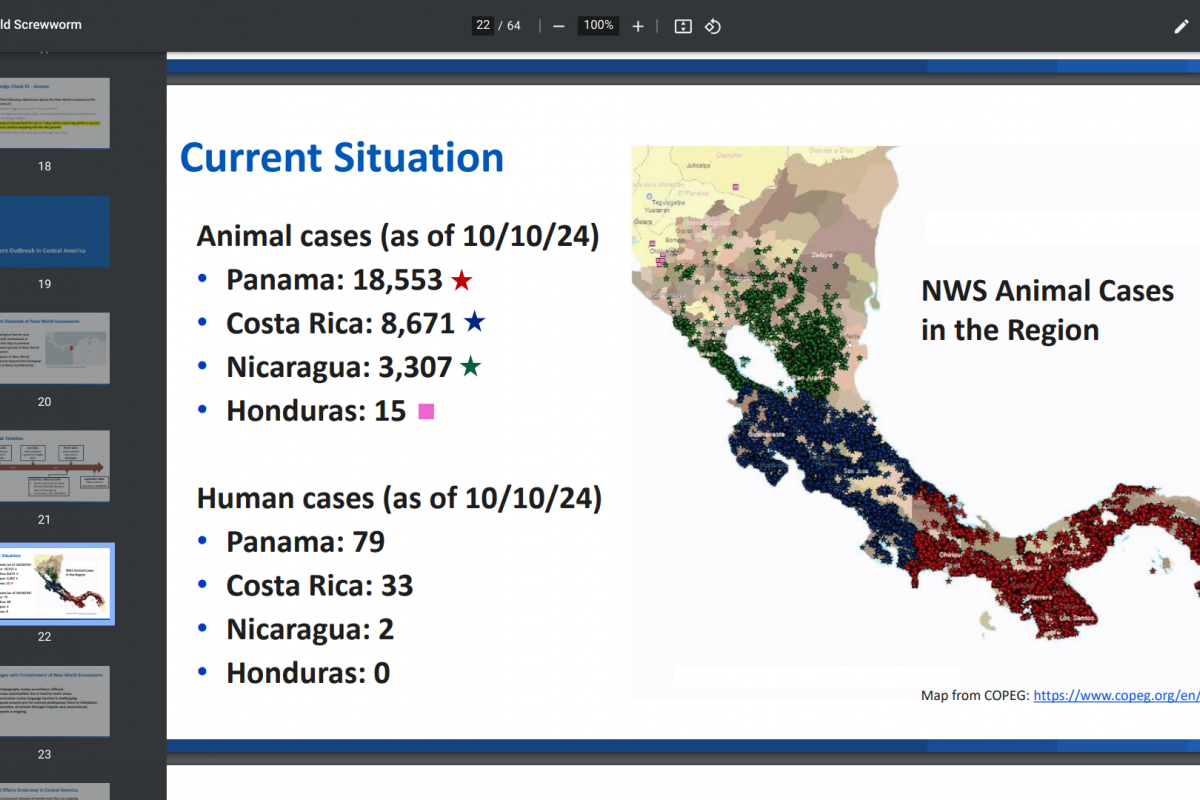New World Screwworm Have Resurfaced in the Americas

According to the U.S. Centers for Disease Control and Prevention (CDC), New World screwworm (NWS) was documented in people in Panama (79), Costa Rica (33), Nicaragua, and Honduras in 2024, causing concern about continued northward spread.
In addition, in this Clinician Outreach and Communication Activity (COCA) call, Rebecca Chancey, MD, will discuss travel-associated NWS cases occasionally identified in people returning to the United States in 2024.
For example, an infested traveler returned to Florida this year after vacationing in the Dominican Republic.
The COCA Webinar (ID: 160 646 0872) is at 2 p.m. ET today. Subject matter experts will present the biology and life cycle of C. hominivorax, explain the current epidemiology in Central America, review guidance on identifying infestations, and discuss how to appropriately manage and report cases of NWS in humans.
The CDC says New World screwworm larvae are screw-shaped and tapering toward the head. They are an obligate parasite that consumes and damages healthy tissue and can cause infestations of any mucus membrane or open body orifice, including the ears, eyes, nose, mouth, vagina, and rectum.
Symptoms will vary based on the infestation site, and death may occur due to secondary infection or tissue destruction.
In vitro lab studies and studies in livestock show that ivermectin is effective for killing New World screwworm eggs and larvae. However, the CDC says no such studies have been conducted in humans.
Our Trust Standards: Medical Advisory Committee